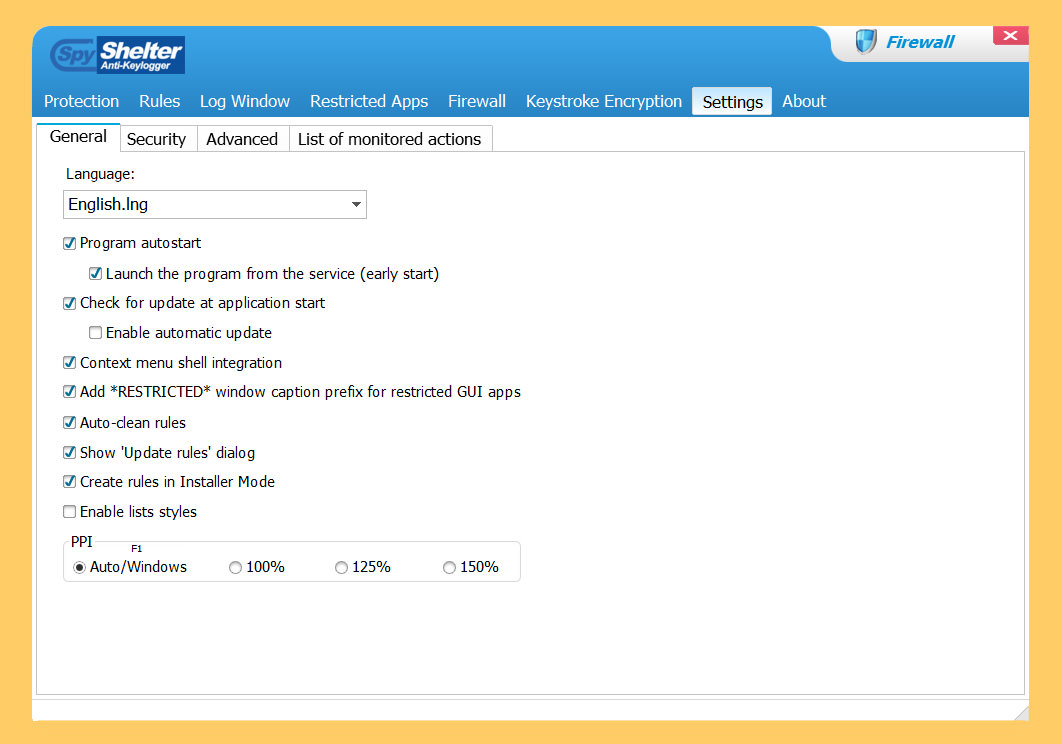

This reference is necessary because it explains the urgent need to develop anti key-logging software and techniques that avert threats to users. Sreenivas and Anitha (2011) highlight that security mechanisms, such as anti-spyware, anti-virus, and security updates do not offer total security for computer users. In the contemporary society, the need for confidentiality and security for computer users is on the rise, especially with the recent threat of keyloggers. In the end, an SMS from a mobile phone establishes the user.
#Anti keylogger software reviews verification
The reference recommends a user verification system that has a Computer Terminal and a JME enabled cellular phone with parallel network channel that can segment and cluster. Masquerading is a common technique through which attackers steal critical information such as passwords from computers following the increased use of web based user verification systems. The source further suggests extra extensions to this technique and processes to avoid and moderate such attacks.Gupta, Sengupta, Bhattacharyya, and Chattrejee (2009) present a user verification system for web applications using JME facilitated cellular phone as verification symbol. Schiffman and Kaplan also discuss a proof-of-concept USB key logger, which are harder to identify than previous SMM-based key loggers that are activated by OS actions like port I/O.

In essence, it helps SMM root kits to manage USB devices straightforwardly without while denying the OS kernel from receiving USB-related hardware interrupts. It is a new class of malware with unbelievable power that helps to transform kernel data structures and trapping on I/O registers to execute PS/2 key loggers. System Management Mode (SMM) in x86 can manage physical hardware that the host operating system cannot notice virtually. Schiffman and Kaplan (2014) present new SMM-based malware that usurps USB host controllers to interrupt USB events. At run-time, a reference monitor in a reliable virtual machine allows the implementation of recognized and good soft timer interrupt requests and averts implementation of all unidentified STIRs. The source affirms that through this, one can identify and catalog all genuine STIR in a database. To defend against attacks such as stealthy key logger and a CPU cycle stealer, it is essential to examine the static analysis of the entire kernel.

#Anti keylogger software reviews code
The source amplifies how key-loggers are a serious threat to privacy and security, especially because they are barely discernible against anti-virus and spyware applications.Transient kernel control flow attacks are an innovative group of stealthy kernel-level malware that apply dynamic soft timers to attain considerable work while evading any continual alterations to kernel code or data (Wei, Payne, Giffin, and Pu, 2008). The recent increase in internet usage means that that the disadvantages of key-loggers outweigh its productive uses. Baig and Mahmood (2007) confirm that it is essential to address system security and privacy in a timely manner.Ĭontinuous updates of anti-virus applications and operating systems are necessary to augment the system security level. This literature review presents an analysis of some contemporary techniques proposed to avert key-loggers. In the contemporary society, ‘key-loggers present serious challenges to security and privacy. ANTI KEY-LOGGER TECHNIQUES ANTI KEY-LOGGER TECHNIQUES Key-logger is a furtive surveillance application, which records activities of computer users in a variety of ways like keyboard, mouse, screen, and voice logging, entirely in indiscernible mode.


 0 kommentar(er)
0 kommentar(er)
